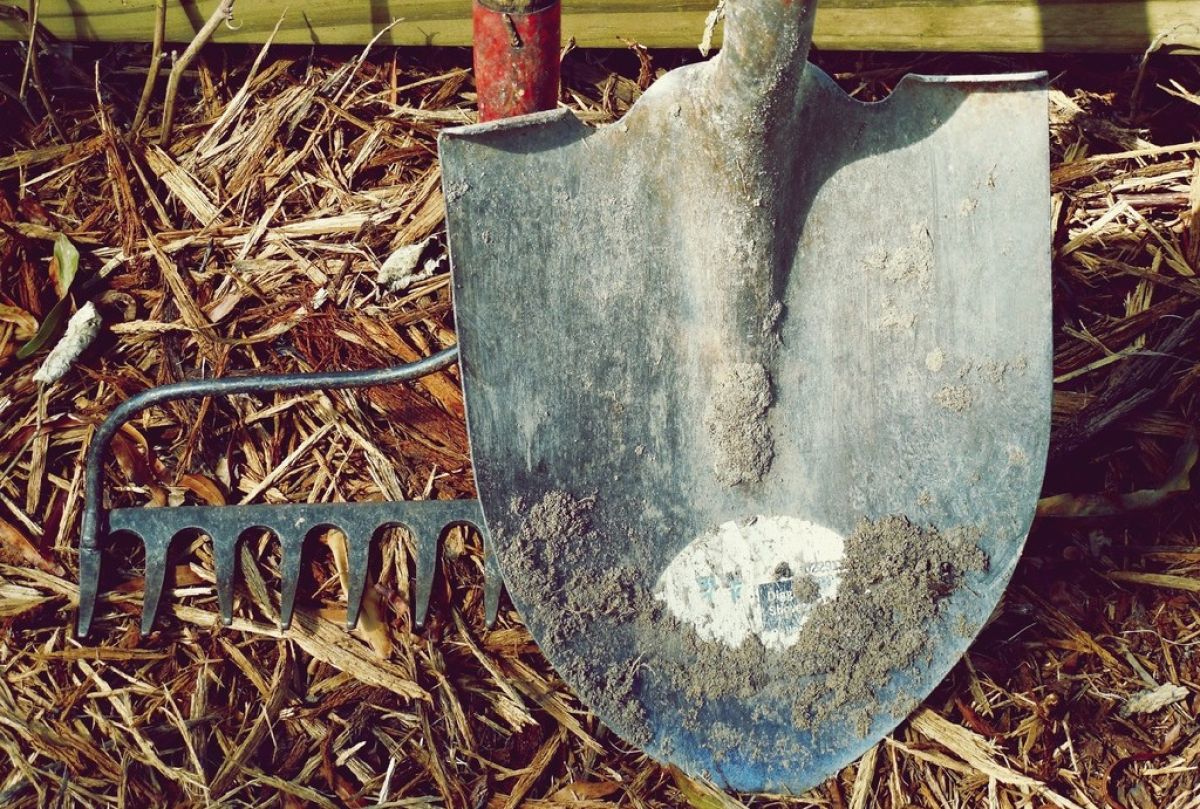It is easy to get a renewed sense of enthusiasm for gardening when the hottest weather has passed.
- If you have wildflowers, now is the time to cut them down and compost the cut off pieces. Don’t leave them on the ground to nourish weeds later.
- Also divide any perennial clumps that have become too big. Pot some of the pieces up to take to plant swaps or to give to friends.
- Keep deadheading plants that are still blooming such as dahlias, coneflowers, and roses to keep them flowering.
- Plant new bulbs at twice the depth of the height of the bulb, so that the bigger bulbs are deeper in the soil and make sure that the pointed ends point up. Try to plant bulbs that will bloom at different times in the spring. For example, early, mid-season, and late season daffodils for bloom in February, March, and April and lots of alliums for bloom in May.
- Lift tender summer bulbs such as gladioli, dahlias, and cannas and store them in cool dry places such as porches, garages, or basements.
- Bring all of your houseplants indoors. Spray with water well to remove insects before the move.
- Store your potted amaryllis bulbs in a cool, dark place, for example, a basement or closet.
- Cut back any hibiscus plants that winter indoors and spray for pests.
- Cut the flower heads and strip the leaves from hydrangea blooms, blue salvia, lavender, and gomphrena and hang bunches with rubber bands around the stems, to dry in cool indoor locations and use for dried arrangement to display in January.
This is Moya Andrews, and today we focused on autumn checklist.










